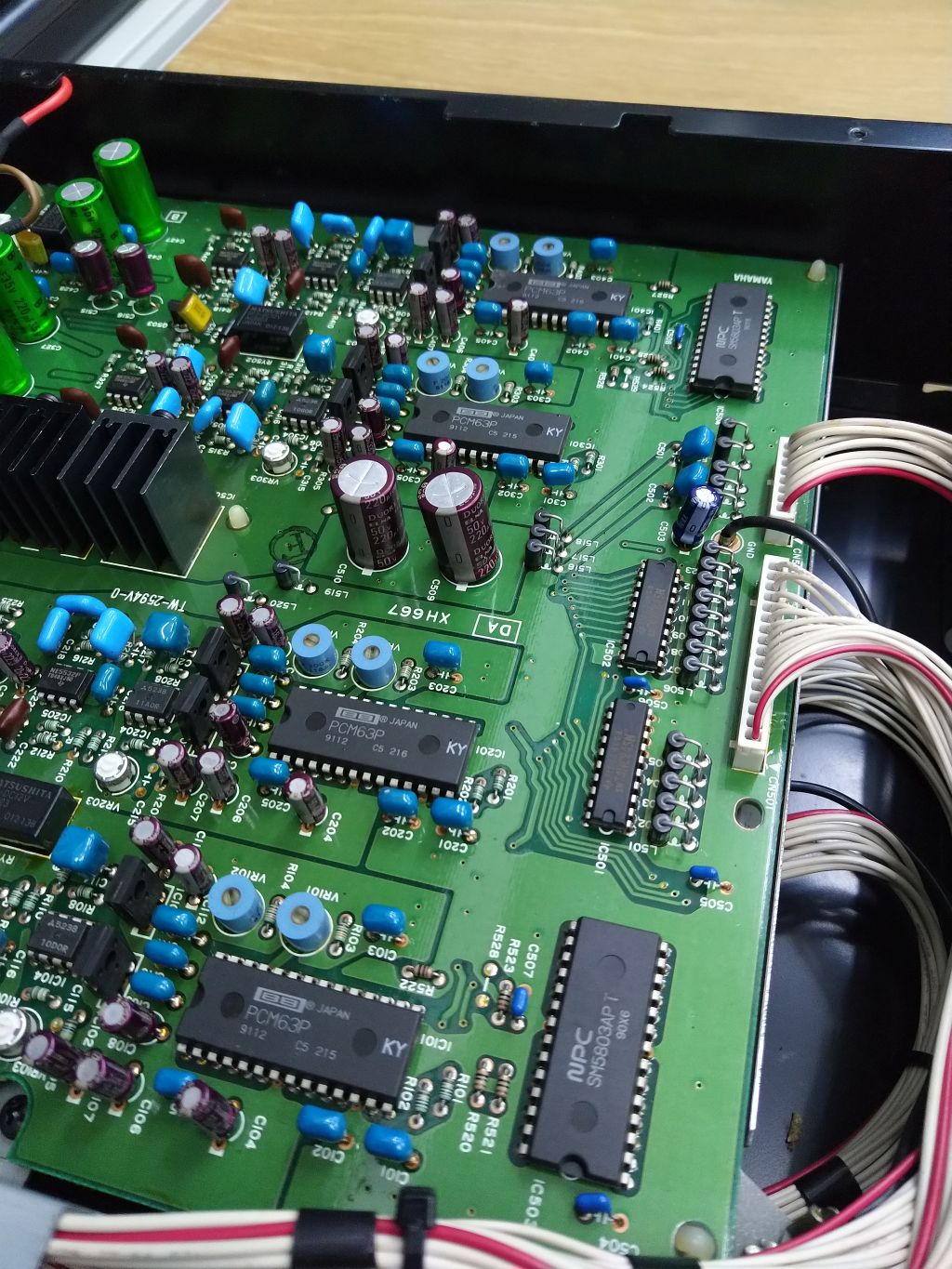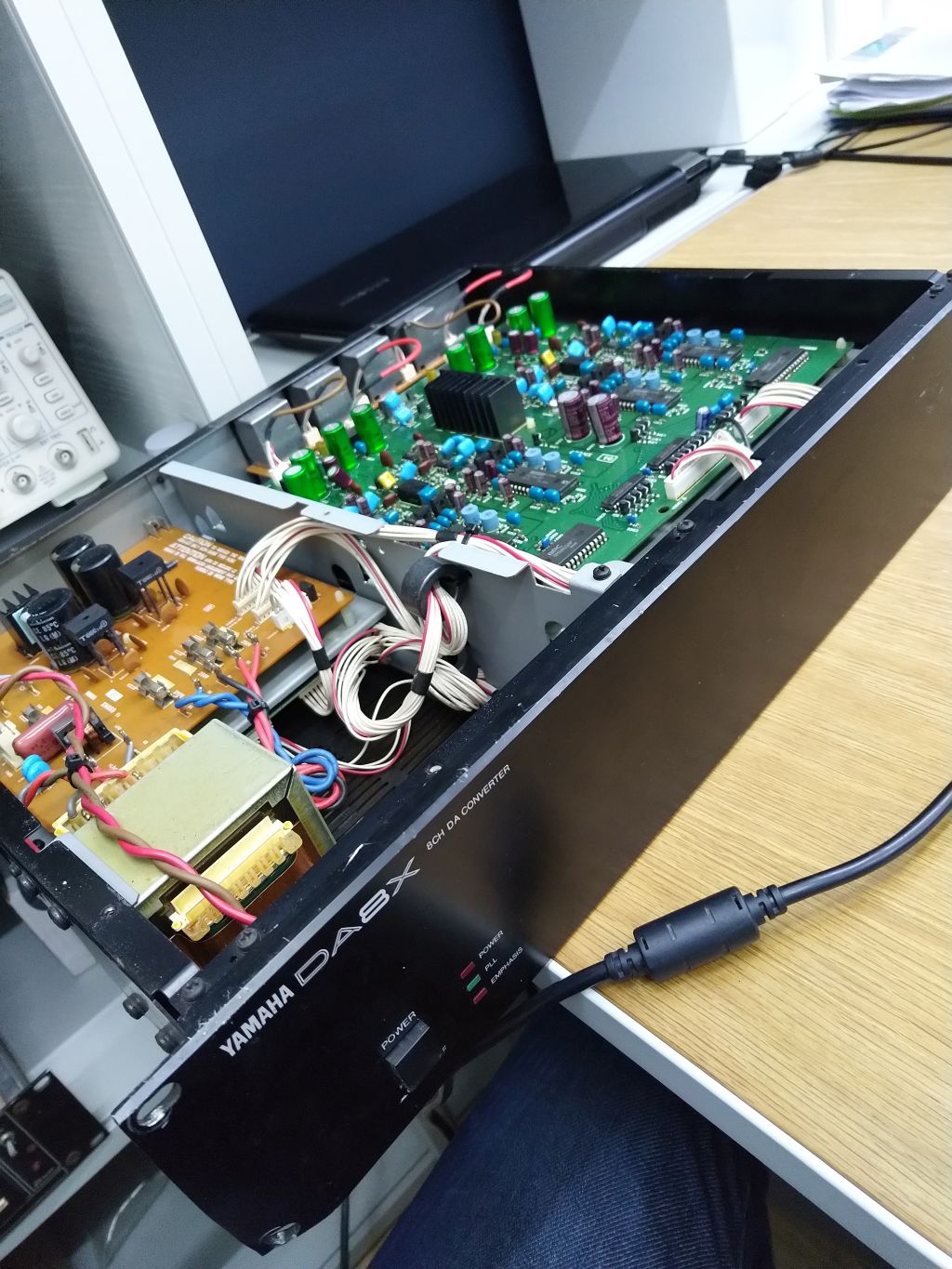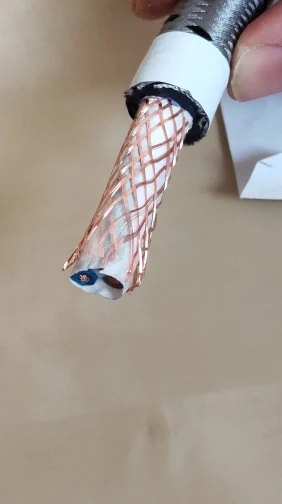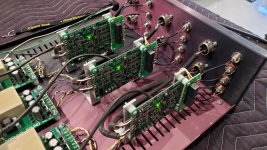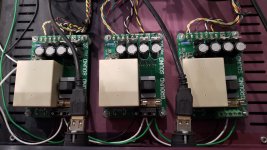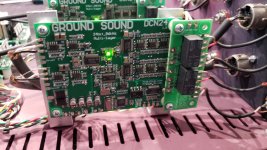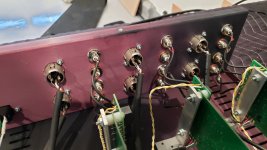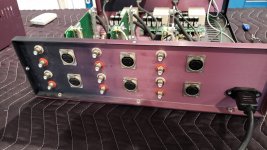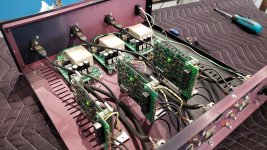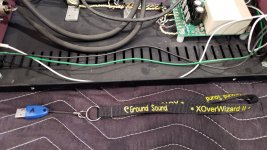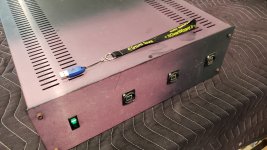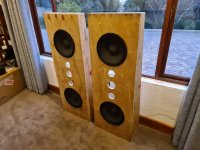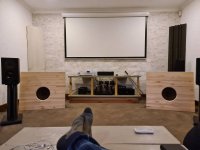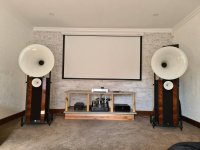I've built a ton of 3D printed waveguides, and a handful of 3D printed speakers, including some 3D printed midbasses.
Because you can 3D print exotic shapes, 3D printed speakers work surprisingly well.
When you think about it, a loudspeaker is basically trying to blow up the walls of the box like it's a balloon. Therefore, spherical or egg shaped enclosures can work surprisingly well.
Here's one I made.
Kef's home theater satellites are made out of aluminum. The aluminum is only about 3-5mm in diameter.
Gedlee Summas were my reference speakers from about 2008 until 2012. The Summas were probably the most "inert" speakers I've ever owned. If you rapped your knuckles on them, it was like a piece of marble. I'd long assumed that the Summas were MDF wrapped in carbon fiber, or plywood wrapped in carbon fiber.
When I sold them, I opened them up, and much to my surprise: they're foam. Like a surfboard.
Here's how surfboards are made. Foam wrapped in fiberglass, with a wood stringer going down the middle.
With the 3D printed speakers, I think the challenge is that the walls of a 3D printed enclosure need to be REALLY thick, much thicker than you'd use with a wood speaker.
Ikea furniture is another example of that. The reason that their furniture is rigid and relatively light is because it's a CLD sandwich of HDF, then cardboard, then HDF.
In summary:
I think that 3D printed enclosures could potentially be as rigid as an MDF enclosure. The "trick" is that we'd have to figure out how to make the walls VERY thick, as much as 1.5" - 2" in diameter. And then there would have to be a way to fill the enclosure walls. Foam would be the obvious filling, perhaps polyurethane foam from Home Depot.
And idea that I had before, was to put holes in the enclosure, which you could use to fill the cavity between the inner and outer wall. Visualize a surfboard that's hollow and 3D printed, with dozens of holes in the outer walls, so you can fill the surfboard.
The downside with this method, is that it's going to require a lot of finishing. You'll have to trim the excess foam, and then use fiberglass or something similar to fill in the holes.
Rockport has solved all these problems in a really elegant way:
SoundStage! InSight - Rockport Technologies Lyra Loudspeaker (November 2019) - YouTube
Their loudspeaker has an inner shell, and an outer shell. None of that is particularly innovative.
What I dig about the Rockport speaker is those channels. Instead of using hollow walls, there are a series of channels. The channels add strength, but they also allow the builder to line everything up perfectly. Another advantage to those channels is that the foam will be distributed evenly.
The inner shell slides into the outer shell, and then the channels are filled. Rockport uses polyurethane. I would use foam, simply because I don't want a speaker that weighs 500lbs each.
Here's a cutaway
Years ago I tried making a subwoofer with hollow walls, which I then filled with foam. What I found was that the foam *exploded* the walls out! Basically the foam generates a LOT of force when it expands.
I think this method holds potential for a number of reasons:
1) 3D printing allows us to make shapes that are complex, with repeatable finishes that can look really good.
2) But 3D printed speakers aren't rigid, because the walls are too thin. The walls must be much MUCH thicker.
3) We should be able to finish the loudspeaker in finishes that are similar to what you can achieve with a car or a bicycle. IE, the finishing options are really good. This construction method should yield a finished product that can look very professional. I think this is something that many of us have struggled with in DIY projects, it's a bummer to invest six months building a loudspeaker, only to have it look like a science project.



